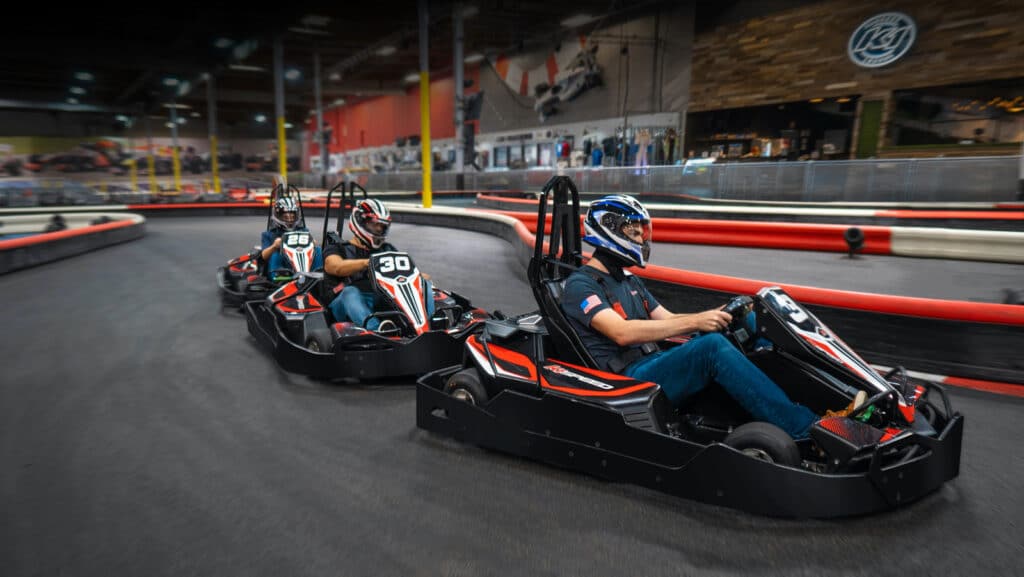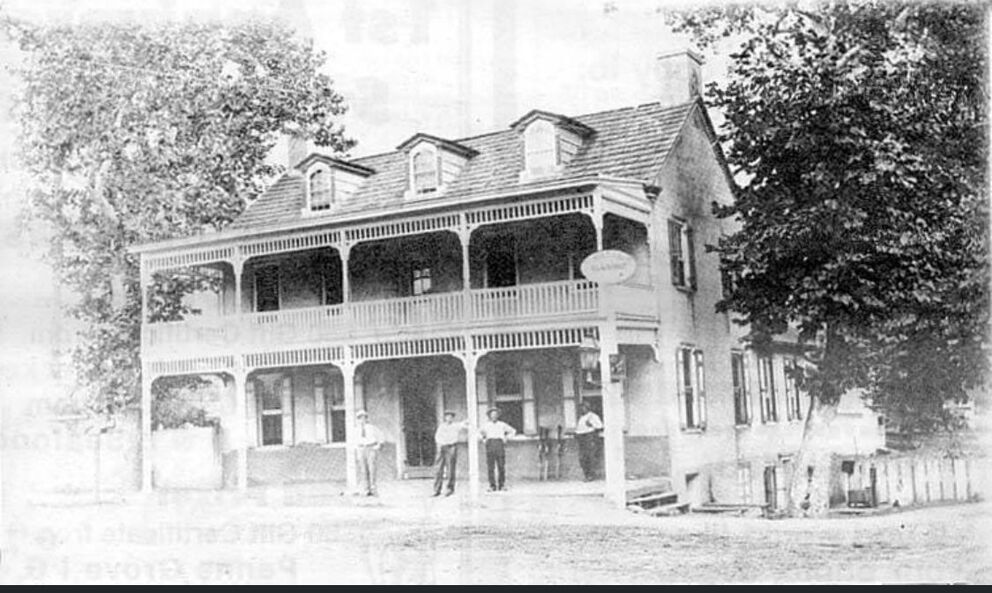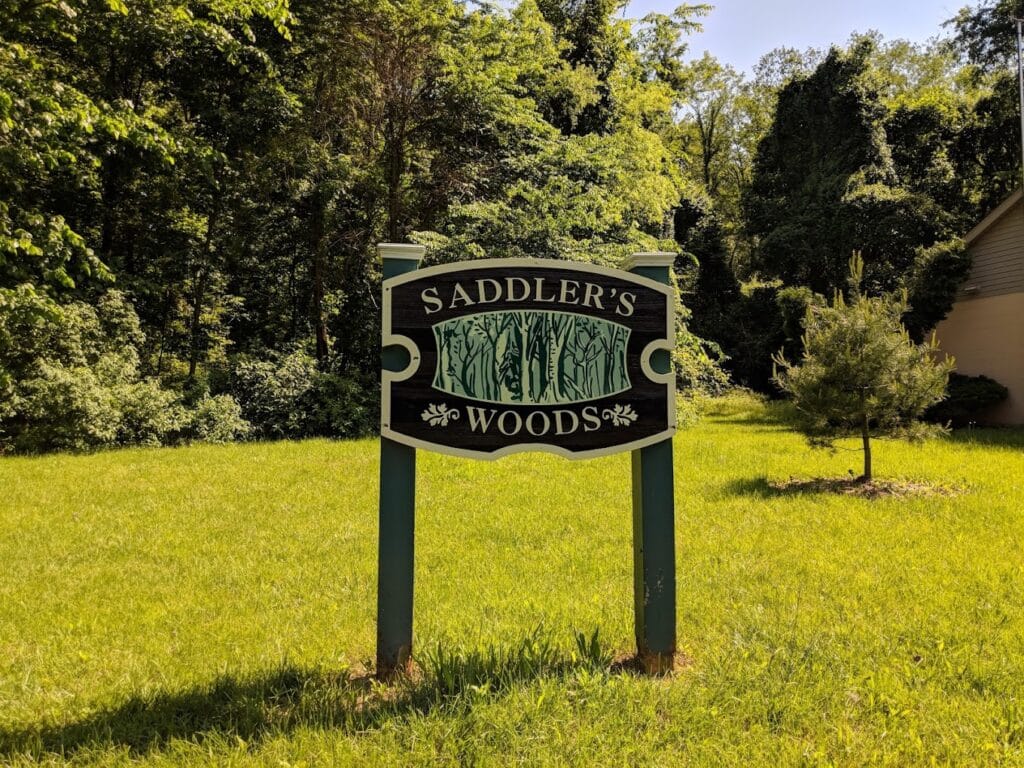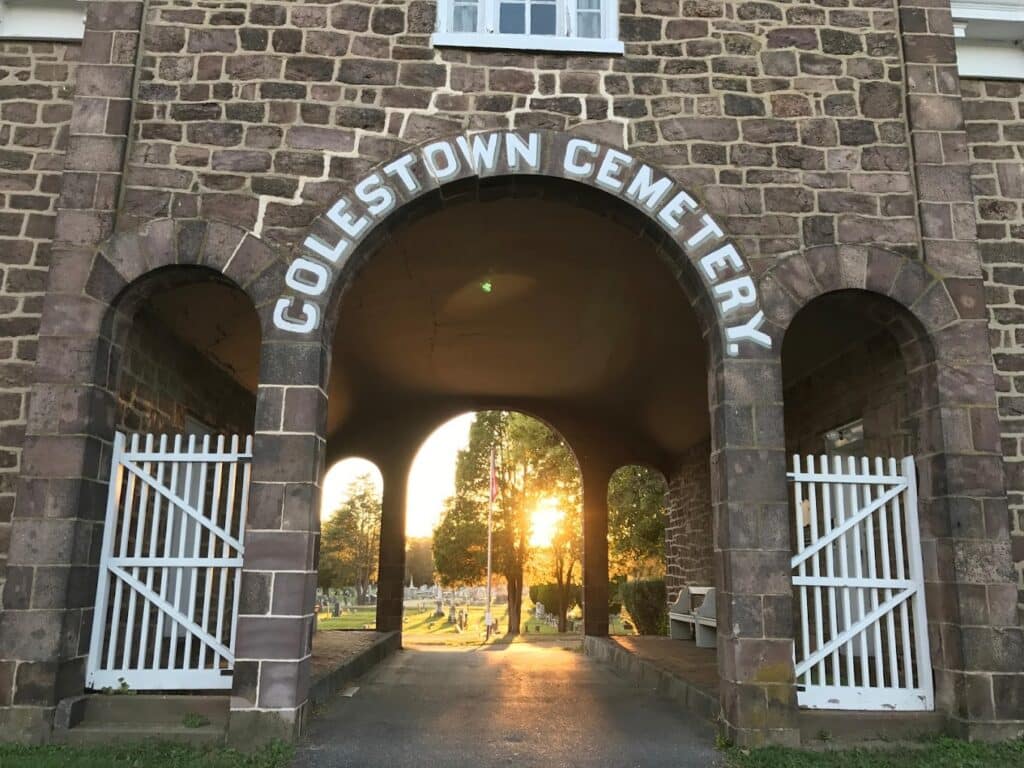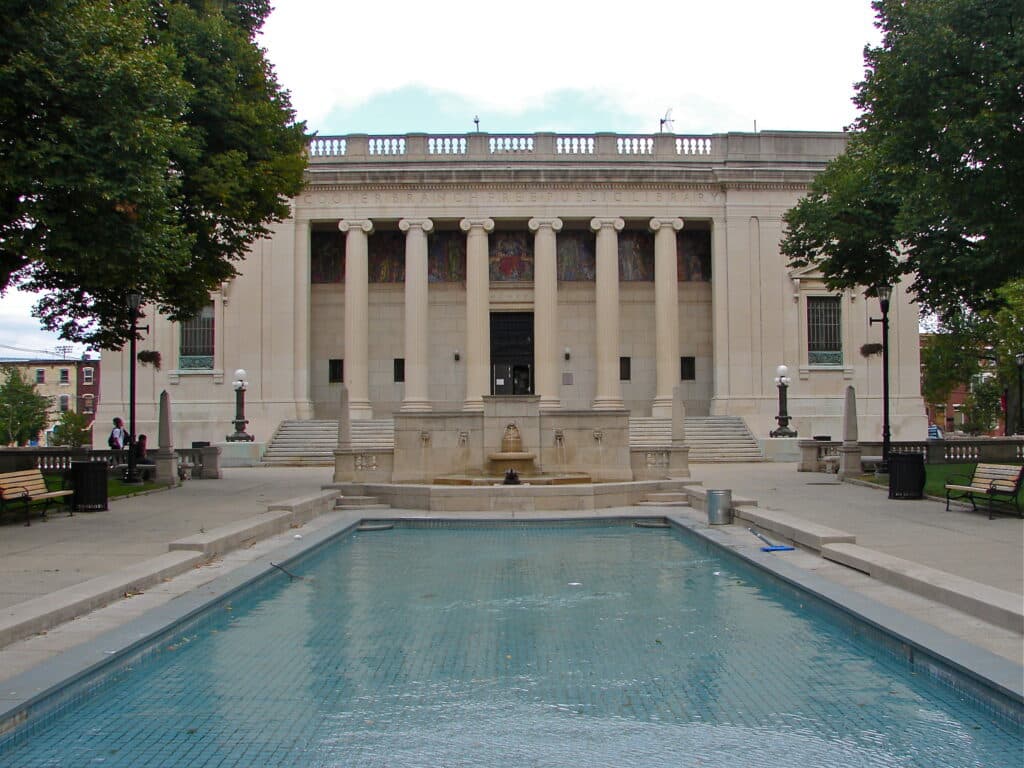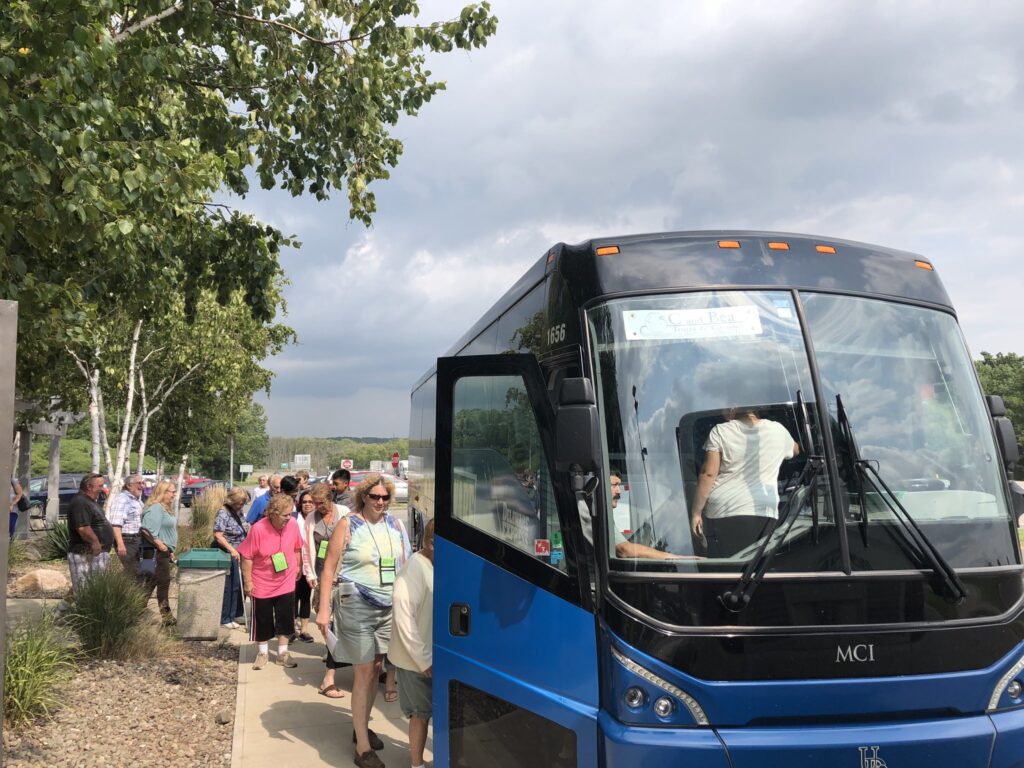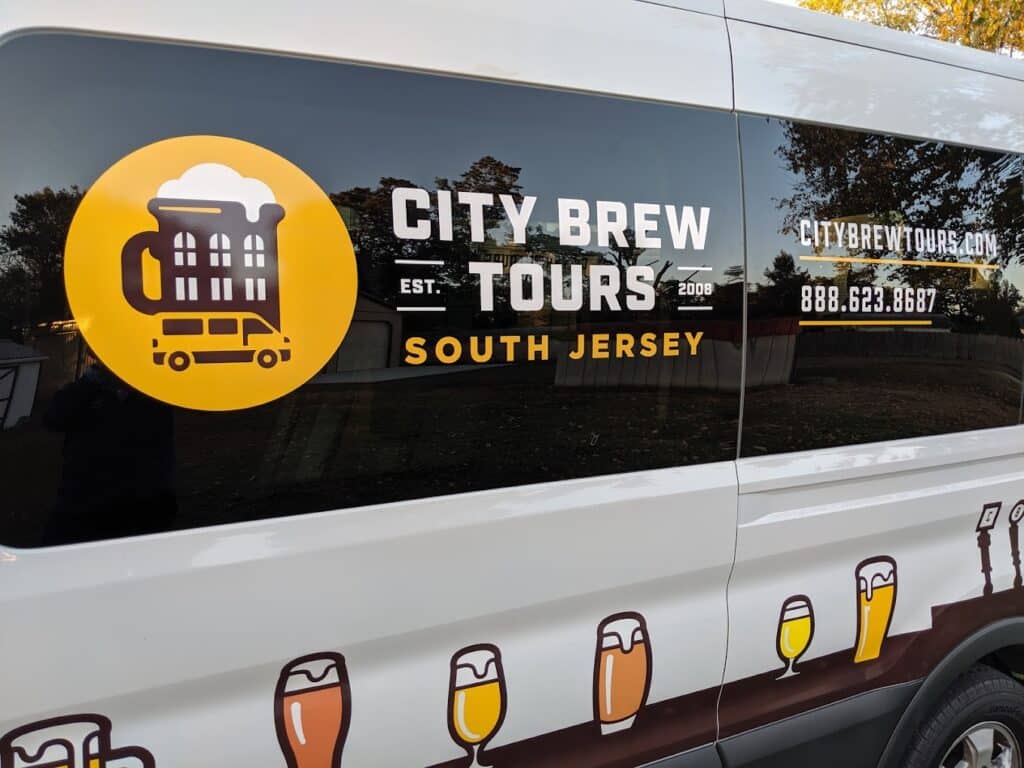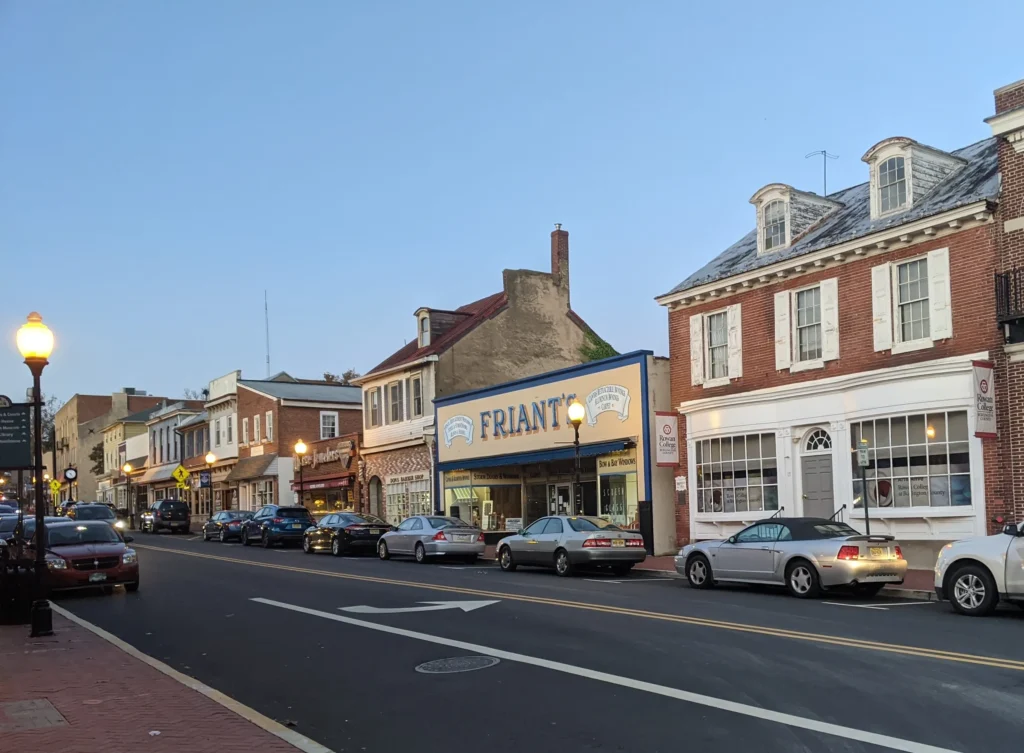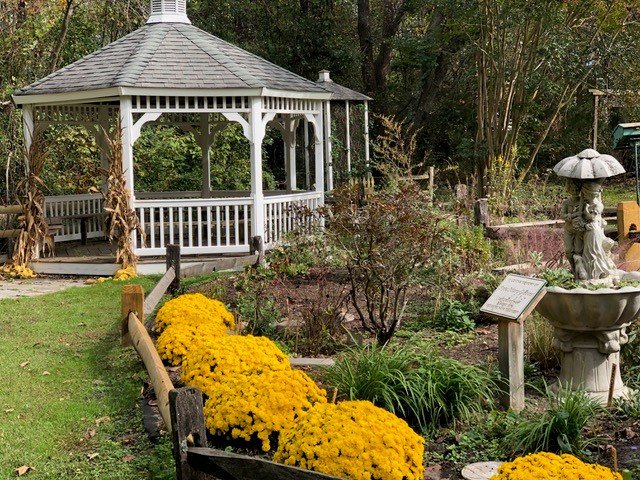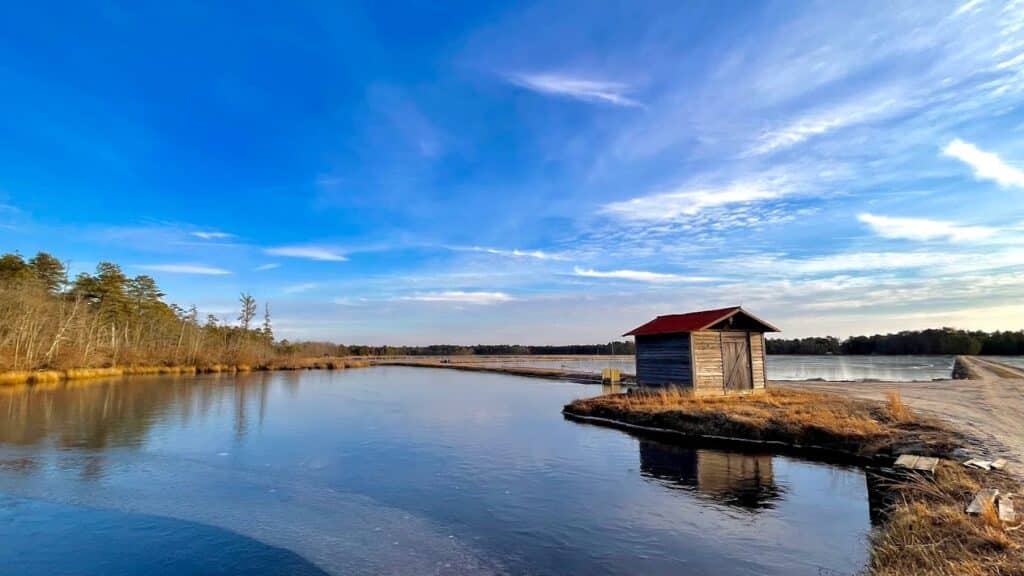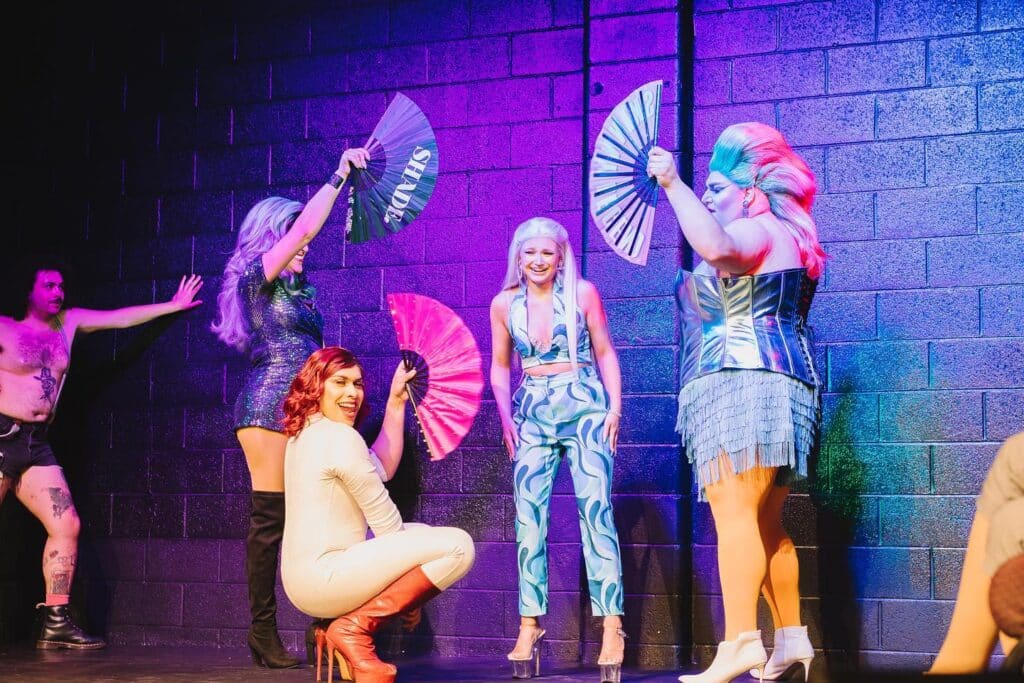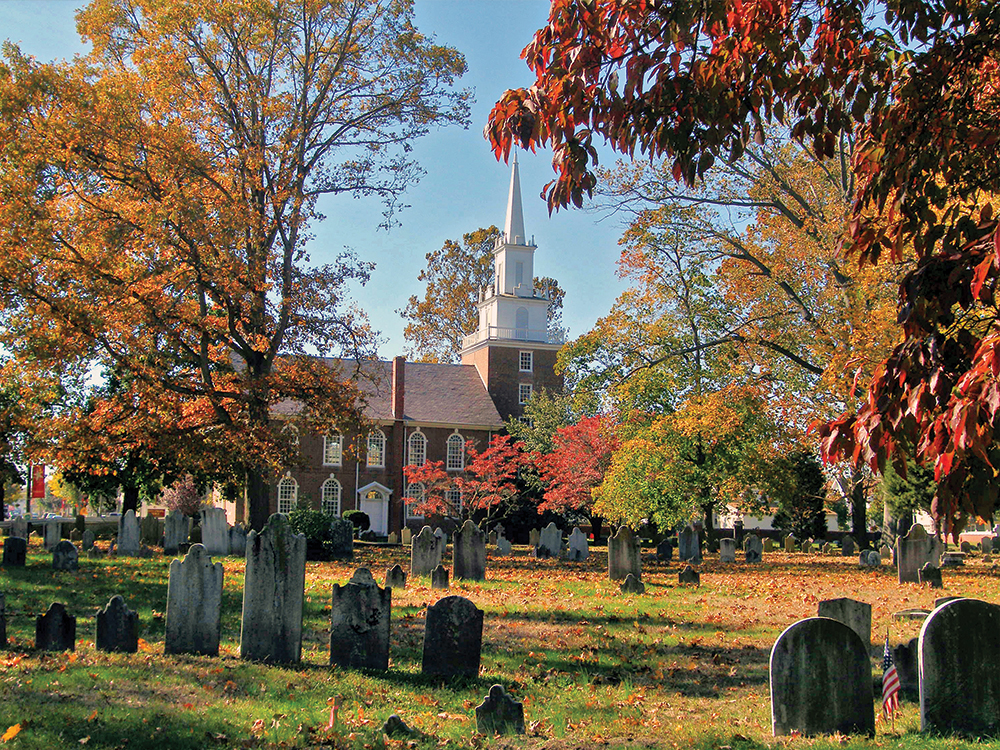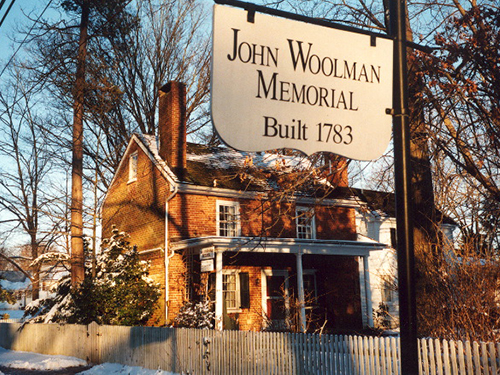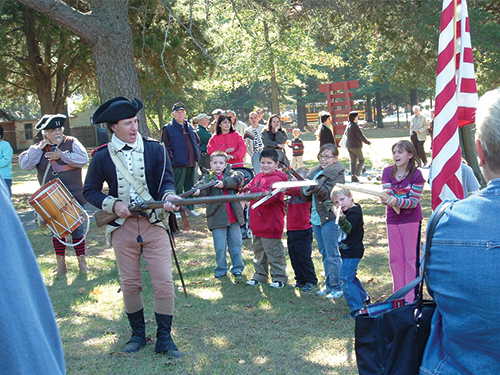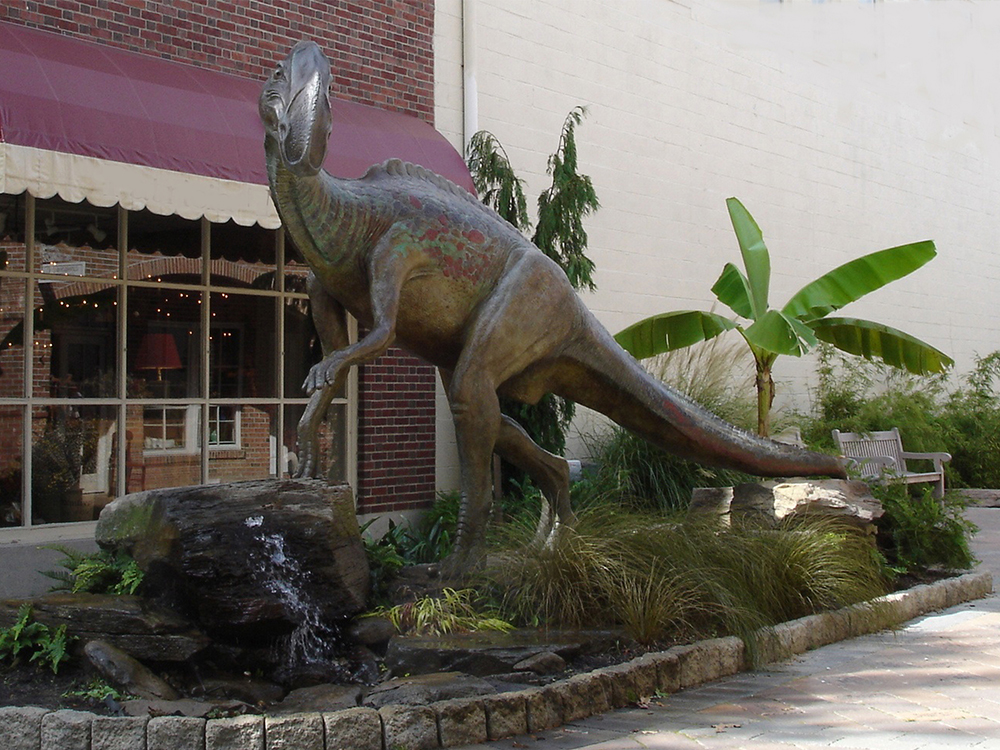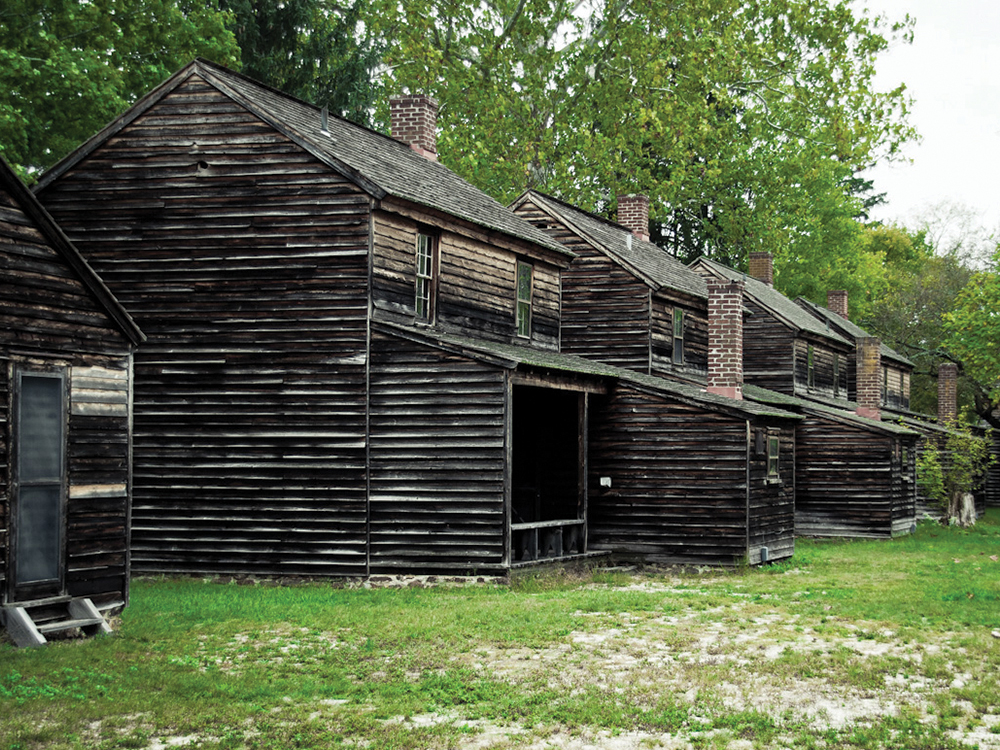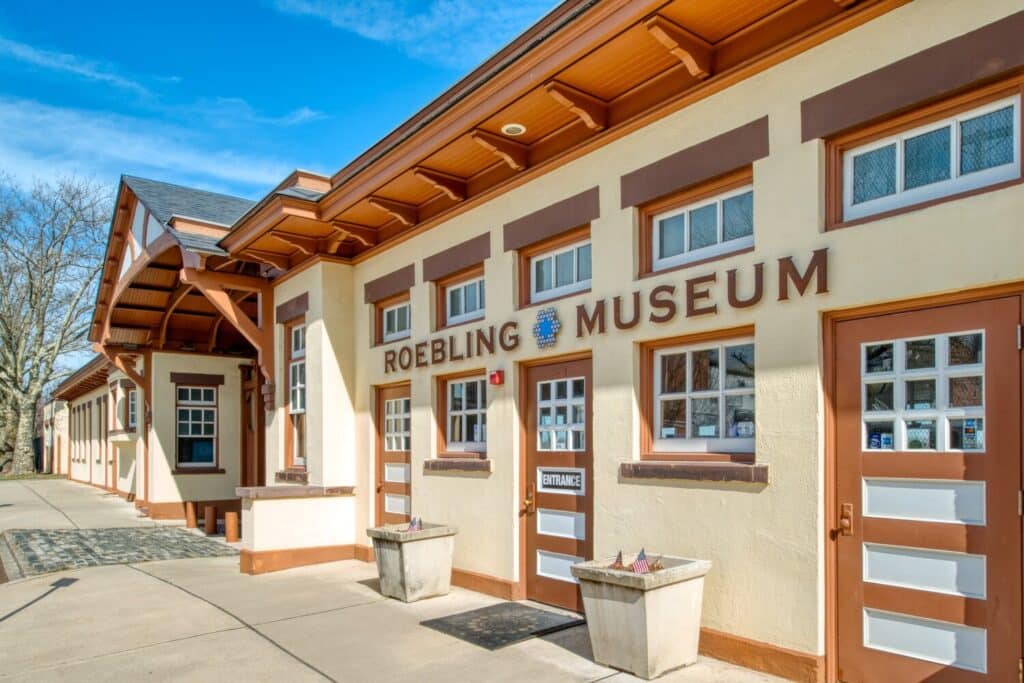
Roebling Museum
Roebling Museum tells the story of the origins and growth of Roebling, NJ, a company town built by John A. Roebling’s Sons Company. Some of the most important technological achievements of the industrial age such as big bridges, telegraphs and telephones, electrification, deep mines, big ships, elevators and airplanes as well as everyday objects were built in Roebling. Here, ideas and diverse cultures were exchanged through work and the interactions of these communities changed the cultural and industrial landscape of New Jersey.
As a former gateway to a sprawling steel mill, the Roebling Museum building once served as the passage point for thousands of workers each day. Roebling Museum believes that the industrial development of the United States is best illustrated and understood through the experiences of the people who built our shared history.
At the core of the story we tell is the innovative engineering ideas developed by John A. Roebling, who is best known for designing the Brooklyn Bridge. His three sons, Washington, Ferdinand and Charles, built their father’s company into the world’s leading producer of wire rope with four factories and nearly 8,000 employees at its peak. In 1904, when competition pushed them to start making their own steel, they bought farmland on the Delaware River and built the factory complex known as the Kinkora Works and the company town known as Roebling, NJ for their workers.
Since opening our doors in 2010, Roebling Museum has offered a dynamic slate of programs, exhibits, and tours that emphasize and celebrate the experiences of those who lived in Roebling and worked for the John A. Roebling’s Sons Company.

